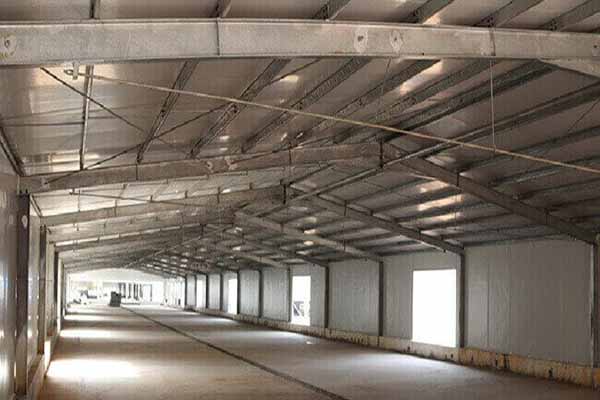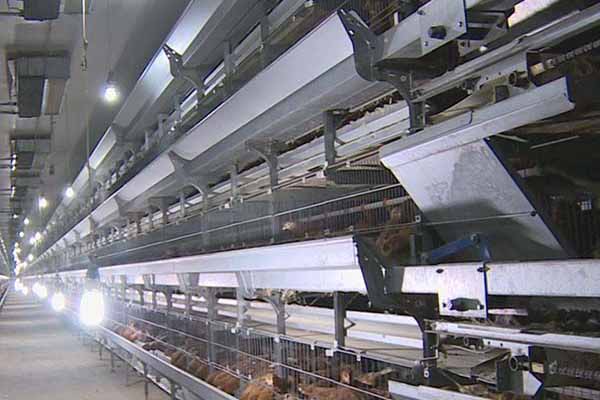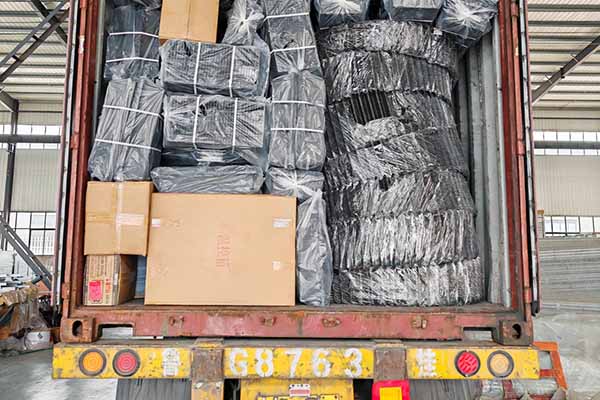Comparative Analysis of Automated Chicken Equipment in Kenya: Which is Better?
Time : 2025-06-28
Kenya, known for its diverse agricultural landscape, has been increasingly focusing on automation in poultry farming. With the rise of modern technology, several automated chicken equipment options have emerged, each promising efficiency and productivity. In this comprehensive analysis, we will delve into the various automated chicken equipment available in Kenya and compare their features to determine which one is better suited for the local poultry industry.
Introduction to Automated Chicken Equipment
Automated chicken equipment refers to technology-driven systems designed to simplify and streamline various processes in poultry farming. These systems can range from feeders and waterers to climate control and health monitoring devices. The primary goal of these equipment is to enhance the overall efficiency of chicken farming, reduce labor costs, and improve animal welfare.
Types of Automated Chicken Equipment in Kenya
1. Automated Feeders
Automated feeders are a staple in modern poultry farming. They provide a consistent and precise feed supply to chickens, ensuring that the animals receive the right nutrition at the right time. In Kenya, there are several automated feeder options available, including:
- Electronic Feeders: These feeders are controlled by timers, allowing farmers to set specific feeding times for their chickens. They can also adjust the feed rate according to the age and growth stage of the chickens.
- Gravity Feeders: Gravity feeders rely on the force of gravity to dispense feed. They are often used in small-scale poultry operations due to their simplicity and low cost.
- Semiautomatic Feeders: These feeders are a combination of manual and automated features, offering flexibility and ease of use.
2. Automated Waterers
Water is essential for the health and productivity of chickens. Automated waterers ensure a constant supply of fresh water, reducing the risk of dehydration and diseases. Common types of automated waterers in Kenya include:
- nipple waterers: These are the most commonly used waterers in Kenya. They are durable, easy to clean, and can be adjusted to fit different chicken breeds.
- Automatic Cup Waterers: These waterers are ideal for small to medium-sized flocks and offer a constant supply of fresh water.
- Flow-through Waterers: Flow-through waterers provide a continuous stream of water, preventing the buildup of droppings and bacteria.
3. Climate Control Systems
Climate control is crucial in maintaining an optimal environment for chickens, especially in Kenya’s varying weather conditions. Automated climate control systems include:

- Heating Systems: These systems provide warmth during cold periods, ensuring the comfort and health of the chickens.
- Ventilation Systems: Proper ventilation is essential for air circulation and temperature regulation.
- Cooling Systems: In hot weather, cooling systems help to maintain a comfortable environment for the chickens, preventing heat stress.
4. Health Monitoring Devices
Monitoring the health of chickens is vital for the success of any poultry operation. Automated health monitoring devices in Kenya include:
- Body Temperature Sensors: These sensors can detect any deviations in a chicken’s body temperature, indicating potential health issues.
- Egg Production Monitors: These devices track the egg production of hens, allowing farmers to identify any potential problems early on.
- Disease Detection Systems: Some advanced systems can detect diseases in chickens at an early stage, preventing outbreaks.
Comparative Analysis: Which is Better?
Selecting the best automated chicken equipment for a poultry operation in Kenya depends on various factors, including the scale of the operation, budget, and specific needs. Here’s a comparative analysis of the equipment discussed above:
1. Automated Feeders
Electronic Feeders: These are the most versatile and efficient option for large-scale poultry operations. They offer precision feeding, which can lead to better growth rates and feed conversion rates. However, they are more expensive and require regular maintenance.
Gravity Feeders: Ideal for small-scale operations due to their low cost and ease of use. They may not be as efficient as electronic feeders, but they are a good starting point for new farmers.
Semiautomatic Feeders: A good compromise between cost and efficiency. They are suitable for medium-scale operations and offer the flexibility to manually adjust feeding times when necessary.
2. Automated Waterers
Nipple Waterers: The most popular choice in Kenya due to their reliabil ity, durability, and ease of maintenance. However, they can be noisy and may require frequent adjustments to ensure proper water flow.
ity, durability, and ease of maintenance. However, they can be noisy and may require frequent adjustments to ensure proper water flow.
Automatic Cup Waterers: Suitable for small to medium-sized flocks and offer a constant supply of fresh water. They are less durable than nipple waterers and may require more frequent cleaning.
Flow-through Waterers: An excellent choice for maintaining water quality, but they can be more expensive and require a constant water supply.
3. Climate Control Systems
Heating, Ventilation, and Cooling Systems: Essential for maintaining an optimal environment for chickens throughout the year. The cost of these systems can be high, but they are crucial for the health and productivity of the flock.

4. Health Monitoring Devices
Body Temperature Sensors, Egg Production Monitors, Disease Detection Systems: These devices offer valuable insights into the health and productivity of the flock. They can be expensive and require technical expertise to set up and maintain, but they are well worth the investment for large-scale operations.
Conclusion
Selecting the right automated chicken equipment in Kenya requires careful consideration of the operation’s specific needs and budget. While there are several options available, it’s crucial to choose equipment that offers the best balance between efficiency, cost, and reliability. By doing so, poultry farmers can enhance their operations, improve animal welfare, and maximize their profits.
, , , , , , , ,











